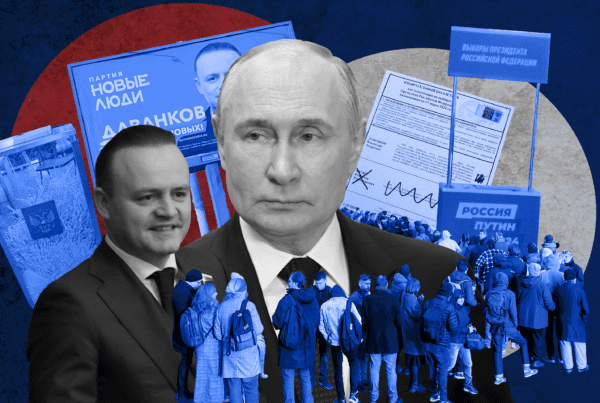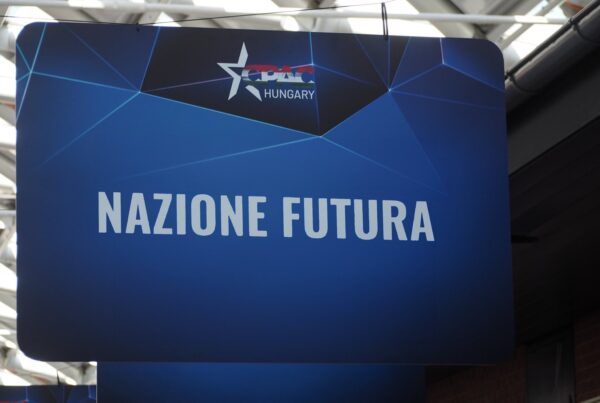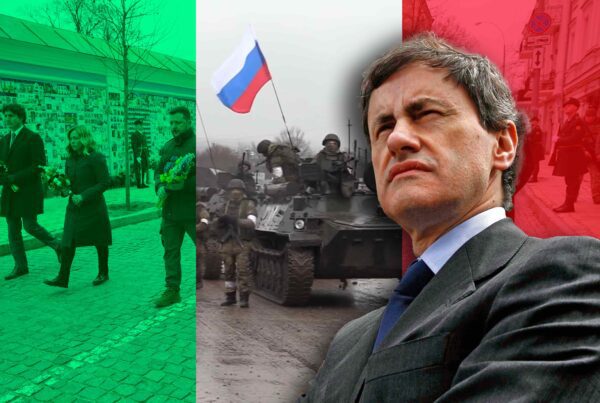In 2018 former United States Navy sailor, Shawn Fuller, arrived in Ukraine. He was there to join the Azov Battalion, the right-wing paramilitary organization dedicated to fighting Russia and separatists in the Donbas War in eastern Ukraine. Though Fuller ultimately did not join the Azov Battalion because of impositions of limitations on foreign nationals that the group would accept, the role that social media played in Fuller’s journey from radicalization to recruitment is representative of the salient dangers presented by social media companies.
A recent report from Mother Jones detailed how Americans come to join militia groups. Special attention is given to the Oath Keepers, a militia group whose membership grew by 25,000 between the years of 2009 and 2015. The report discusses both the internal communications of individual Oath Keepers as well as attempts to unpack and understand the allure of the group writ large. Globally, social media provides the connective tissue for extremists, both in their domestic contexts or internationalized ones. The assessment and understanding of transnational far-right movements as a global political reality would not be possible if it were not for the service that is provided by entities like Meta (formerly Facebook) and shadowy social websites like gab and the various chans.
The lack of gatekeeping on the internet is a crucial component of a platform’s ability to be used as a tool by extremist political movements to normalize their message. The ability for far-right propagandists to reach those who might otherwise not engage with extremist politics—especially where paramilitary organizations are concerned—is unprecedented. The far-right’s historical penchant for adopting new media and communication technologies similarly gives them an edge in the propaganda game. Regardless of the source (party or movement), right-wing media have a penchant for using the rhetoric of grievance to their benefits. This ability allows for the newly aggrieved to reflect on the ways they perceive themselves to be victims, and to self-select into appropriate affinity groups.
In an assessment of Facebook posts from three Hungarian parties, Jobbik, Fidesz, and MSZP, Jobbik’s posts were deemed to promote a sense of togetherness and camaraderie that the other parties lacked. Jobbik frequently draws on a sense of group identity to create fellowship and drive recruitment, and this fellowship is echoed by the Oath Keepers. “For some it’s a way to see friends. It can be like a VFW Hall,” remarked Professor Sam Jackson of the University of Albany.
The camaraderie of extremist, movement-based political networks is further a primary aspect of the far-right’s ability to inspire individuals across the world. Much of the data reported on in the Mother Jones piece reflected the desire for individuals engaged with the Oath Keepers to serve their country and communities. The fact that different motives compel individuals to join is an important consideration when assessing and seeking to understand far-right political entities. The matter becomes more pressing when individuals are engaged with paramilitary groups, because these groups exist outside the formal structures of governance, and indeed by their nature and organization pose a threat to liberal institutions, the potential for radicalization perhaps greater.
When Shawn Fuller traveled to Kyiv to join the Azov Battalion, he knew he would encounter neo-Nazis. Whether Fuller was a true believer or a fellow traveler is inconsequential in the face of the militant dynamism of paramilitary groups such as the Azov Battalion—indeed the FBI found that many who travel to Ukraine often have no link to right-wing ideology. What this indicates is a robust media capability on the part of Azov. How a former member of the United States Navy comes to join a neo-Nazi organization half a world away is an essential discussion for policymakers, activists, and scholars regarding the transnational far right. And Facebook is a cornerstone of the media strategy employed by Azov.
Meta’s intransigence in dealing with militant groups means that its platforms, including and especially Facebook, are playing a constant game of search and destroy without addressing the algorithms that lie at the core of the problem. That the social media giant is unwilling to closely examine the nature of its software that allows for paramilitary groups unfettered access to like minds and individuals who are flirting with far-right politics suggests that work on the issue in a meaningful way would hurt its bottom line. A survey of Twitter engagement found that leaders within the sphere of party politics had a greater viral reach; individuals like Marine Le Pen have the more substantial international followings than movement-based organizations. Despite the greater reach that seemingly more legitimate figures have, it is nevertheless alarming that the Azov Battalion’s social media presence allowed for the dissemination of Christchurch’s shooter’s racist screed of a manifesto.
Whether in the United States, Ukraine, or anywhere else in the world with right-wing paramilitary groups, the internet is used to valorize perceived heroes of the cause. Individuals like Dylan Roof, Elliot Rodger, and Brenton Tarrant are given the appellation “saint” in online spaces. Violence is easily normalized or trivialized as companies like Meta continue obfuscating tactics like changing their names to deflect responsibility and protect their brand images and bottom lines. Whether Oath Keepers or Azov Battalion the nature of the internet is intrinsic to the street politics of paramilitary organizations in the 21st century.
Social media platforms are the new public soapbox, but unlike the public soapbox of yester-year, there are pushes from algorithms that allow would-be far-right associates to find one another. When the goal of an algorithm is to enhance and encourage engagement and outsized emotion, it is only a matter of time before the next generation of militia members find one another and duly engage in violent street politics. While social media has changed the nature of communication, political violence in the offline world remains as dangerous as ever. While the ways we connect to one another have changed allowed for the proliferation of paramilitary groups, violent street politics are, after all, still violent street politics. Some things never change.
Grant A. Silverman is a master’s student at George Washington University’s Elliott School of International Affairs where he studies the nexus of disinformation, hate speech, and political violence.







